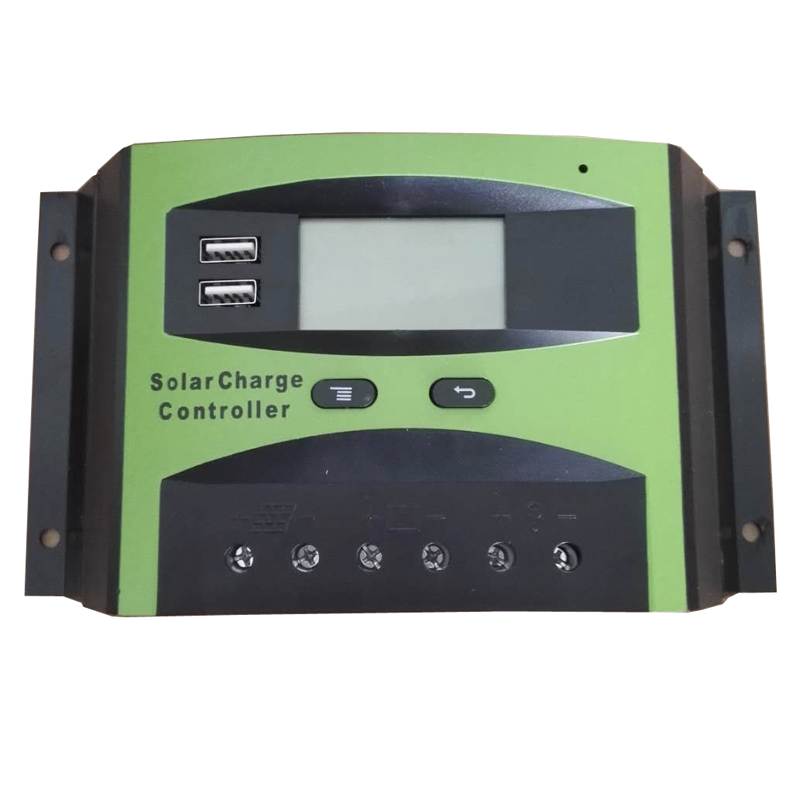The
PWM solar controller refers to the control of the analog circuit in digital output with the microprocessor, which is a method of digitally encoding an analog signal level. Control the analog circuit in a digital manner, it can greatly reduce the cost and power consumption of the system. Many microcontrollers include a PWM controller.
Basic principles of the
PWM solar charge controller: The impulse is equal and the narrow pulse of the shape is the same as the inertial link. The
PWM solar control principle is to divide the waveform into 6 equals, can be replaced by six square wave equivalents. Classification methods for pulse width modulation include a variety of unipolar and bipolar, synchronous and asynchronous, rectangular wave modulation, and sine wave modulation.
Top ten main functions:
1, overpressure protection
2, undervoltage protection
3, over-power protection
4, short circuit protection
5, AC input undervoltage protection
6, PG circuit
7, remote power-on signal
8, power-on signal and PG signal delay
9, two bypass regulator TL431 to stabilize 3.3V and 5V independent power supply
10, soft start and maximum 93% duty cycle



